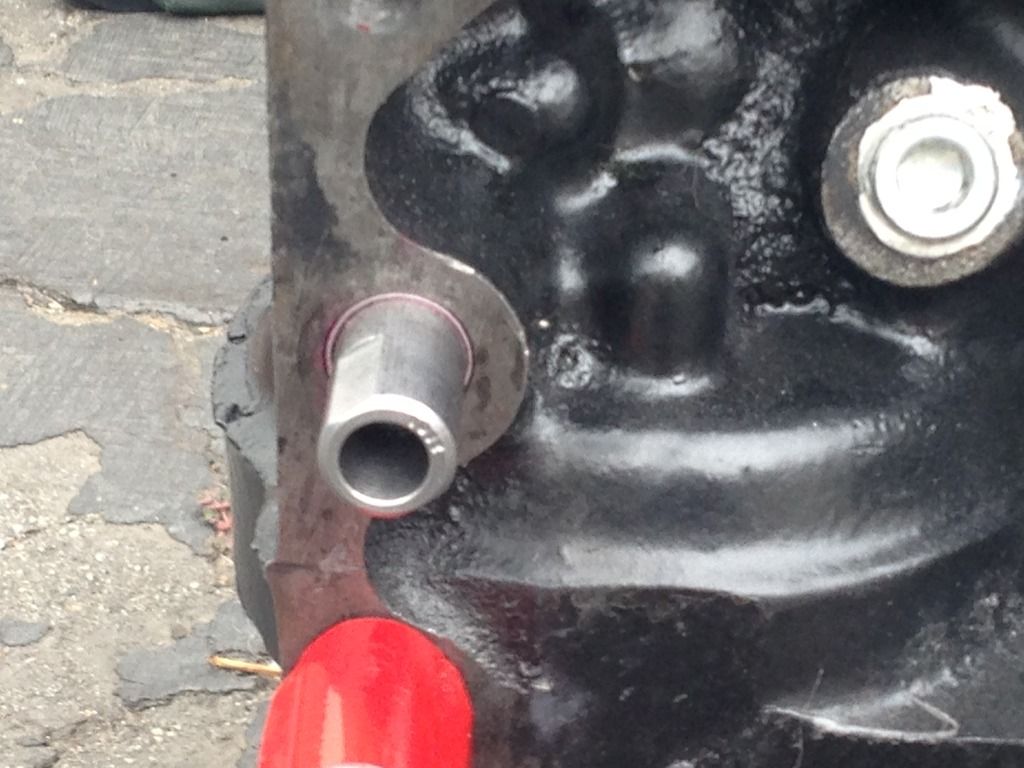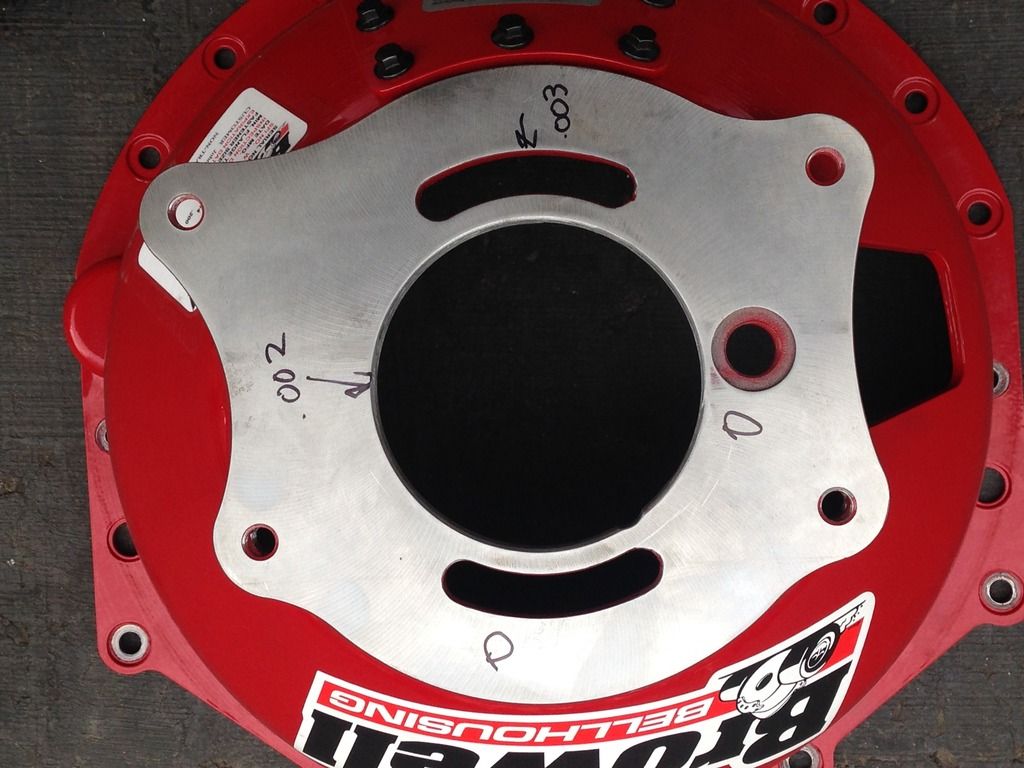|
|
|
|
|
|
#1 |
|
VIP Member
Join Date: Jun 2006
Posts: 3,422
Likes: 529
Liked 333 Times in 180 Posts
|
DO NOT do any mods yourself !!!!!!!!!!!!!!!!!!!!! your SFI is VOID-you will have a very expensive piece of junk----- send it back to the manufacturer and let them do the mods that way they can "certify" that the mod meets approval---I still would buy 2 better yet 3 so you have a spare pin of the 3/4 in pins and offset turn them--- there must be a competent machinest you in your area you know that can do this--- ya I know its a pain but that seems to me to be the easiest way
|
|
|

|
|
|
#2 |
|
Senior Member
Join Date: Mar 2006
Posts: 977
Likes: 796
Liked 275 Times in 76 Posts
|
Anyone that races a clutch car has drilled holes to check air gap and to adjust the clutch. Those holes were never an issue on SFI recertification or the tacked alignment bushings on my Lakewoods. I drilled a hole in my Browell to check air gap, and it was just recertified over the winter. Browell could have deemed my modification as a money grab if it were an issue. All they did was tap and install a plug in the hole.
Sorry to derail your post John, I was commenting on the misalignment and not the real issue of alignment pin availability. Browell might be able to provide a solution.
__________________
Sean Marconette 84 Mustang 5060 SS/N |
|
|

|
|
|
#3 |
|
Junior Member
Join Date: Apr 2011
Posts: 75
Likes: 5
Liked 11 Times in 4 Posts
|
Thanks for all the suggestions.
At this point I am working with a local machinist to make sleeves for the block, so I can use the original RobbMc offset pins that I purchased. The main deciding factor for me was this solution allows me to keep using off the shelf offset dowel pins in the future. I can only imagine loosing a custom dowel pin and having to do this whole process over. John |
|
|

|
|
|
#4 |
|
Senior Member
Join Date: Sep 2007
Location: Henderson, NV
Posts: 583
Likes: 8
Liked 54 Times in 27 Posts
|
Can you try wrapping a shim about .009" or .010" around the dowel, just enough for a snug fit, and use blue loctite so you can get it back out if needed. I drill and tap mine for 5/16 x 18 so I can take them out with a slide hammer.
|
|
|

|
|
|
#5 |
|
Member
Join Date: Jan 2009
Location: the Brazos Valley of TX
Posts: 114
Likes: 161
Liked 125 Times in 33 Posts
|
John, I've had success taking a hammer and punch to knurl the OD of the dowel pins where they interface to slightly oversized or worn holes in the block. Pretty primitive, but it was enough to tighten the pins up in my application. Not sure if it would work in your circumstance. The machined sleeves you mentioned are certainly an elegant solution.
|
|
|

|
|
|
#6 |
|
VIP Member
Join Date: Jun 2006
Posts: 3,422
Likes: 529
Liked 333 Times in 180 Posts
|
shim stock is available in several dimensions/thicknesses usually in .001-.0005 increments try any serious machinist supply house
|
|
|

|
|
|
#7 |
|
VIP Member
Join Date: Oct 2008
Location: Somerset,Ky
Posts: 1,372
Likes: 357
Liked 308 Times in 103 Posts
|
I can't remember the size and don't have any on hand at the moment,but I think the size your holes in your block are the size that they opened up to when using BHJ products fixture.
BHJ dowel true corrects dowel holes off main bores,reams holes oversize to correct position. I always use weld on bushings,easiest way to correct,I also use BHJ dowel true and surface bell area of block square to mains. Mike Taylor 3601 |
|
|

|
|
|
#8 | |
|
Junior Member
Join Date: Apr 2011
Posts: 75
Likes: 5
Liked 11 Times in 4 Posts
|
Quote:
You hit the nail right on the head. I was able to confirm that dowel pins where setup with the BHJ dowel true. Now I need to figure out the source of the 0.014 offset. Thanks, John |
|
|
|

|
|
|
#9 |
|
Junior Member
Join Date: Apr 2011
Posts: 75
Likes: 5
Liked 11 Times in 4 Posts
|
Thanks everyone for the help and suggestions.
The problem has been solved thanks to Chuck Norton and Jack at C.M.C. Engineering. I had sleeves made for the dowel pins holes and used the RobMc pins to align the bellhousing. This was my first time using the Browell Alignment tool. However, I found that I like the traditional way of aligning the bellhousing over using the Browell alignment tool. To me, the traditional way is more precise. The final numbers are shown below.  
|
|
|

|
 |
|
|